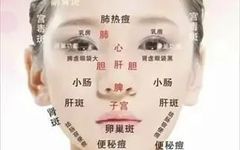
Observation Diagnosis Verses
1. Observing Shen (Spirit)
The severity of illness relies on observing the spirit; calmness indicates a yin condition,
Blood deficiency and fluid loss lead to confusion, dullness, and emotional distress.
Restlessness and anxiety indicate exhaustion of spirit; heat in the heart leads to unclear spirit,
Fatigue is seen in post-illness weakness; no need to panic if the chest feels light.
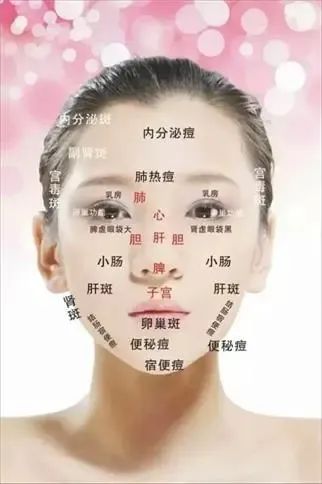
2. Observing Color
The rise and fall of qi and blood are observed through color; yellow indicates dampness, red indicates heat,
Green indicates wind related to the liver, while black is often seen in kidney disease due to overwork.
White indicates cold pathogens affecting the lungs; bright colors versus dull colors indicate internal versus external conditions,
Chronic and acute illnesses must be understood.
3. Observing Body Shape
Observing body shape is also important; distinguish between obesity and emaciation,
Obese individuals often have excess dampness leading to phlegm, while strokes and convulsions are exhausting.
Thin individuals have less fluid and blood deficiency; excess fire can lead to cough and fatigue,
Nails, muscles, skin, and tendons are crucial for clinical differentiation.
4. Other Shapes
Angular deformities indicate convulsive diseases; facial asymmetry suggests wind,
Hair loss and color changes indicate lung atrophy; skin and nails reflect blood deficiency.
Stiff neck indicates wind symptoms; spasms in hands and feet indicate acute conditions,
Lower limb weakness indicates atrophy; tremors vary in presentation.
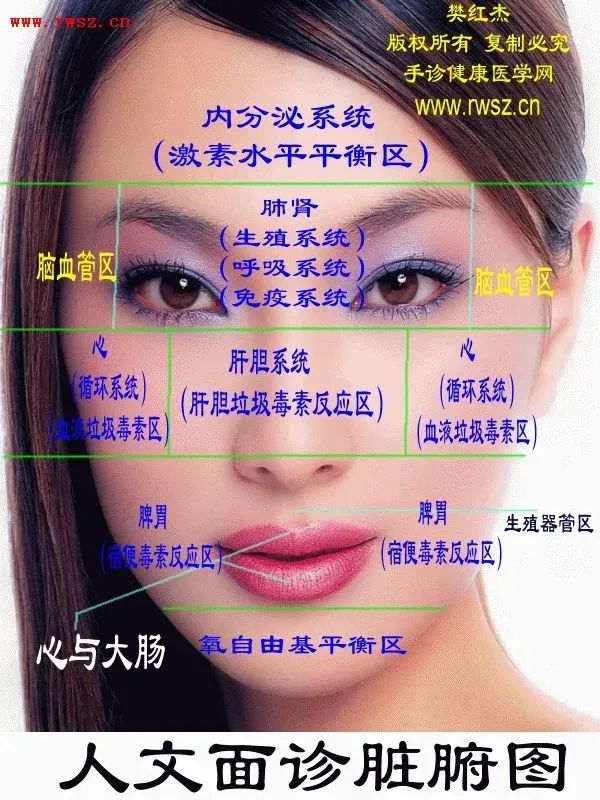
5. Observing Head and Face
Swelling of the head and face indicates severe illness; kidney inflammation leads to swelling and sores,
Bulging fontanelle indicates excessive fire attacking the brain, while the opposite suggests congenital deficiency.
Fontanelle closure indicates kidney qi deficiency; shaking the head helps distinguish between chronic and acute,
Chronic illness leads to weakness indicating deficiency, while sudden onset of wind pathogens indicates a robust individual.
6. Observing Hair
Black hair is normal; white indicates blood deficiency, heat, or qi deficiency leading to yellow hair,
Hair loss indicates essence deficiency and dryness; brittle hair indicates severe deficiency.
Hair tufting in children suggests malnutrition; hair quality reflects overall health,
Blood and qi not depleted indicate a good prognosis; sweating and wheezing indicate lung failure.
7. Observing Eyes
Bright eyes indicate good spirit; dull eyes indicate weakness,
Yellow sclera indicates jaundice; red, swollen eyes indicate liver heat.
Eyes open during sleep indicate spleen deficiency; sudden stroke leads to unresponsive pupils,
Dilated pupils are a critical sign; fixed eyes indicate difficulty in treatment.
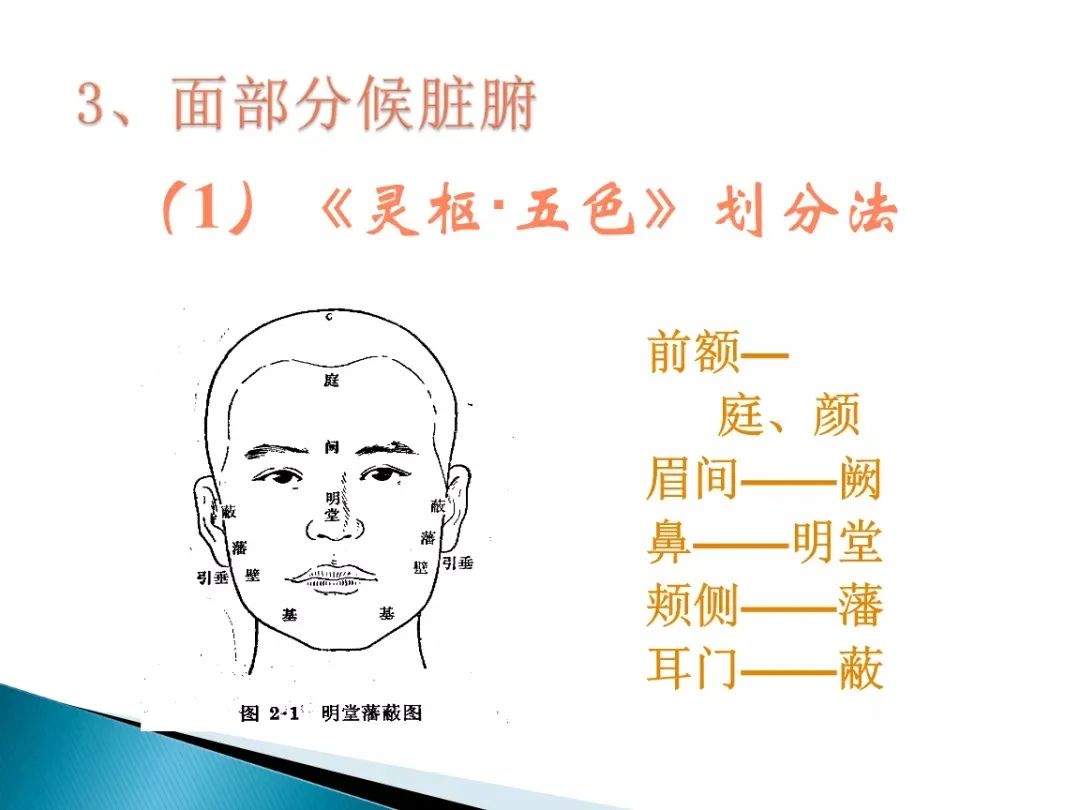
8. Observing Nose Color
A nose like coal indicates deep heat toxicity; red indicates wind-heat in the spleen and lung channels,
White indicates qi deficiency or blood loss; black indicates water retention due to overwork.
Nasal flaring indicates lung heat; nosebleeds often indicate heat injuring yin,
Clear nasal discharge indicates wind-cold; turbid discharge indicates wind-heat nasal obstruction.
9. Observing Lips
Locked lips indicate convulsions or stroke; open mouth indicates different diseases,
Oral ulcers indicate heart heat; canker sores indicate heat attacking the heart and spleen.
Facial asymmetry indicates stroke; oral thrush indicates excessive heat,
Dry lips often indicate dryness conditions.

10. Observing Tongue Shape
A tongue with prickles indicates deep heat accumulation; swelling often indicates water retention,
A heavy tongue indicates heart and spleen heat accumulation; a wood tongue indicates heart fire scorching the spirit.
A long tongue indicates wind and qi deficiency; a curled tongue indicates yin deficiency,
A stiff tongue indicates wind with loss of nourishment; a slippery tongue indicates damp phlegm and dryness.
11. Observing Tongue Coating
A thick coating indicates phlegm-dampness, while a thin coating indicates exterior conditions,
A greasy coating indicates external pathogens disturbing the body,
A slippery coating indicates normal cold dampness, while a dry tongue indicates yin deficiency and low fluids.
White coating indicates lung abscess; yellow coating indicates stomach heat,
Cracked tongue indicates yin deficiency and low qi; mottled tongue indicates severe conditions,
White mold on the tongue indicates difficult treatment.

12. Red Tongue Indicates Disease
A bright red tongue indicates heat disease; yin deficiency and excess fire are also possible,
Red sides indicate liver heat; a red tip indicates heart fire attacking.
A mirror tongue indicates internal fluid depletion; stomach yin deficiency leads to a dry red tongue,
Blood-tinged tongue indicates heart heat; red spots indicate heat toxins in the blood.
13. Crimson Tongue Indicates Disease
A crimson tongue indicates heat invading the nutritive level; both qi and blood are scorched,
Heart pericardium affected leads to a crimson and moist tongue; a dry crimson tongue indicates stomach fire,
A crimson tongue with filth indicates dampness and toxins; a dry and withered tongue indicates kidney yin depletion,
A crimson tongue with red spots indicates heart toxins.
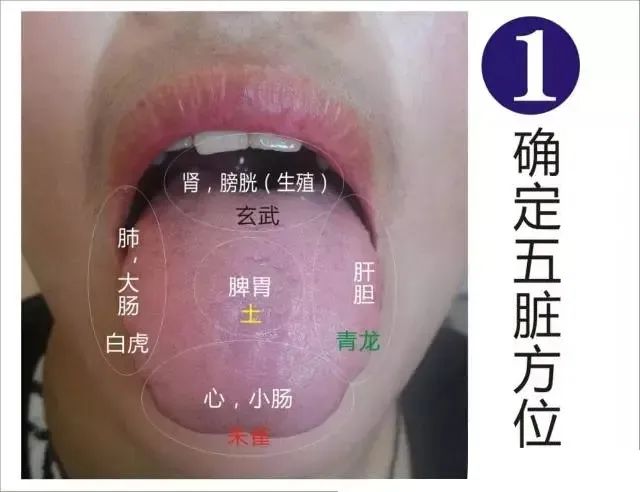
14. Purple Tongue Indicates Disease
A purple tongue indicates swelling and heart disturbance; purple color indicates blood stasis,
Blue-purple indicates yin conditions; disease directly affecting the liver and kidney channels.
A purple tongue with a white slippery coating indicates internal heat; post-alcohol consumption indicates serious illness,
A purple tongue with a dry yellow coating indicates excess heat in the organs.
15. White Coating Indicates Disease
Pathogens attacking the throat show white coating; external wind-cold leads to a white slippery coating,
Internal phlegm-dampness leads to a sticky coating; red edges indicate wind-heat affecting the lungs.
Yellowish-white indicates internal heat; thick white indicates severe heat,
Accumulated powder indicates severe pathogens; a white slippery coating indicates cold and deficiency.
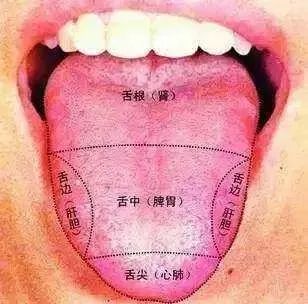
16. Yellow Coating Indicates Disease
Yellow coating often follows white coating; yellow indicates internal heat,
Heat-dampness leads to yellow, thick, and slippery coating; yellow indicates excess heat in the Yangming channel.
Yellow and dry indicates internal fire; dryness leads to cracks,
Deep heat leads to depletion of yin; improper treatment leads to difficult recovery.
17. Gray Coating Indicates Disease
Gray indicates internal yin conditions; gray and dry indicates heat and fluid depletion,
Dark spots indicate retained food and heat,
Black and gray indicate blood stasis; closed eyes and delirium indicate severe conditions,
Gray and black indicate dampness affecting the spleen.

18. Black Coating Indicates Disease
White tongue turning black indicates internal heat; black indicates severe illness,
Black and red tongue indicates serious conditions; dryness leads to fluid depletion,
Black and slippery indicates cold and dampness; dry tongue indicates excess heat in the lower jiao.
19. Observing Phlegm
Thick phlegm indicates heat; thin phlegm indicates cold,
Phlegm with pus indicates lung abscess; blood in phlegm indicates lung vessel injury,
Chronic illness leads to internal heat.
20. Observing Blood
Red blood indicates excess heat; pale blood indicates deficiency,
Dark red indicates heat; purple indicates qi stagnation and blood stasis.
21. Observing Stool
Loose stools indicate cold in the intestines; heat leads to dry stools,
Blood in stools indicates spleen deficiency or hemorrhoids; shape like sheep droppings indicates poor prognosis.
Dysentery often presents with blood and pus; undigested food indicates deficiency of middle yang,
Black stools often indicate bleeding; deep yellow indicates internal heat.

22. Observing Urine
Cloudy urine indicates damp-heat; blood in urine indicates bladder or kidney issues,
Deep yellow indicates liver and gallbladder heat; clear urine indicates cold and deficiency.
Frequent urination indicates diabetes; damp-heat leads to short, red, frequent urination,
Oliguria indicates water retention; blood indicates heat.
23. Observing Hands and Feet
Spasms in hands and feet indicate convulsions; joint pain indicates bi syndrome,
Hemiplegia often results from stroke; damp-heat leads to redness and pain.
Tremors indicate qi and blood deficiency; inability to grasp indicates yang collapse,
Clubbing fingers indicate lung-heart disease; internal and external rotation indicate different conditions.
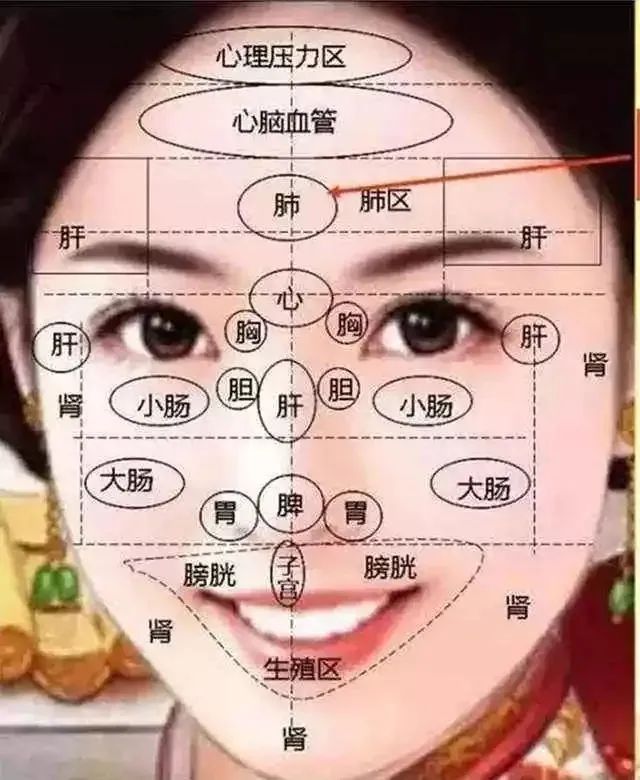
24. Observing Skin
Nail deformities indicate lung atrophy; hair loss indicates severe conditions,
Yellow indicates damp-heat; black indicates cold and water retention.
Red indicates heat disease or erysipelas; jaundice indicates severe illness,
Measles and chickenpox each have distinct symptoms to remember.
25. Observing Chest and Abdomen
Soft cartilage indicates chicken breast disease; barrel chest indicates emphysema,
Abdominal swelling indicates yang deficiency; pale skin indicates deficiency.
Abdominal distension sounds like a drum; water retention sounds dull,
Sunken navel indicates chronic illness; protruding indicates edema.
 Recommended Reading Click the titles below to view >>>
Recommended Reading Click the titles below to view >>>
① Video on TCM Therapeutic Techniques
② Video on Pediatric Tuina
③ Comprehensive Guide to TCM Diagnosis
④ Complete Works on TCM Physiognomy
⑤ Complete Works on TCM Palmistry
⑥ Complete Works on TCM Gua Sha for Health
⑦ Complete Works on TCM Cupping Therapy
⑧ Complete Works on DDS Techniques
⑨ Comprehensive Guide to TCM Therapeutic Language


